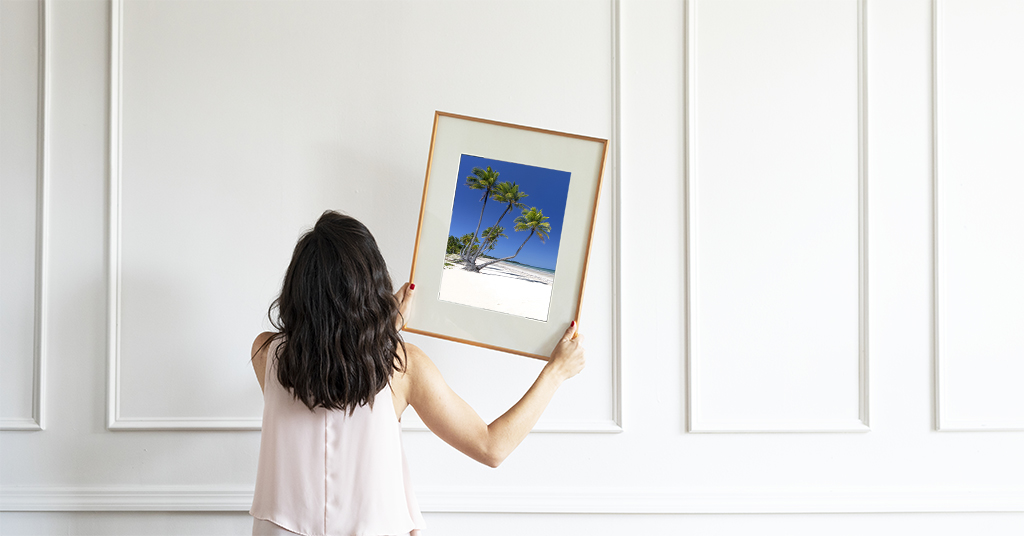No products in the cart.
Help
Caring for your artwork – tips and tricks
Caring for your artwork doesn’t have to be difficult, but there are a few things you need to know.
Protect Your artwork
Photographs can be easily damaged, so taking preventive measures is the best defence in protecting their value. Many everyday situations can potentially damage photos. Avoiding problems is much easier than trying to repair damage once it has occurred:
Lighting
Never hang or show photographs in direct sunlight.
Also, avoid strong indirect daylight. It’s a good idea to rotate prints to other rooms frequently if they hang in intense light situations. You should prevent Ultraviolet light.
Avoid fluorescent lamps that give off ultraviolet light unless they’re daylight balanced. Regular household light bulbs usually don’t aren’t a problem for photographs.
Heat and Humidity
Avoid extremes of heat and humidity as it speeds up any chemical process.
When storing collectable photographs, keep them out of damp basements and hot attics. Keep them at a consistent temperature and humidity; museums try to keep the temperature around 8°C Celsius and relative humidity of 40%.
If the humidity gets too high, look out for a type of mould growth called Foxing. If you live in the tropics, seek advice from a local museum and ask for advice on taking care of your artwork. Ensure your artwork is framed correctly and covered with glass is the best way to protect artwork from airborne pollutants.
Framing
Make sure you take your images to a professional picture framer experienced in handling photographs and understanding archival framing. Stress the importance of proper picture handling and make sure they know the value of your artwork to take extra care in the framing process.
Moving Artworks
If you are involved in a significant relocation, make sure to protect your artwork from the elements and uneducated movers. Look for weather problems, wrap your artwork in plastic to prevent water damage, and protect frames using some cushioning material like towels or blankets. Picture Frame corner protectors are also available, or you could completely wrap the artworks using cardboard and tape.
Cleaning your artwork
The glass stops the build-up of dust from touching the artwork, but a soft cloth regularly used to wipe off any build-up of dirt that may have gathered over time. Never use a cleaning agent directly on a canvas or acrylic print surface as it may be harmful. It might leave an unwanted residue on the surface. We recommend a microfibre cloth and isopropyl alcohol for cleaning your acrylics and glass frames. Use a warm damp cloth with a drop of detergent for your canvas prints.


